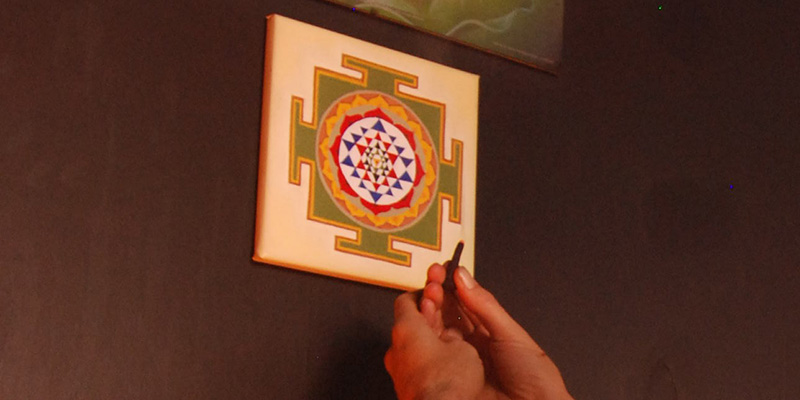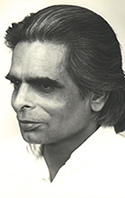To spread the original, universal and eternal truth, path or law of yoga, which remains forever the same in essence, yet always adapts to the time and place. |

Tantra Yoga is a holistic approach to the study of the universal from the point of view of the individual: the study of the macrocosm through the study of the microcosm. Tantra Yoga draws on all the sciences - astronomy, astrology, numerology, physiognomy, physics, chemistry, alchemy, Ayurveda (the traditional medicine of India), psychology, mathematics, geometry, and so on - to provide a practical means of realizing the highest ideals ofphilosophy in daily life. Instead of separating and categorizing the different areas of human knowledge, Tantra Yoga draws them together. Tantra Yoga studies the tree of life itself instead of limiting itself to any single branch of the tree. This tree is a microcosm, a great organization of diverse elements linked together by a unifying law (dharma) that is inherent in their very nature. Tantra Yoga seeks to understand this law.
The motivating force behind this eternal play of the illusory world of phenomena is the power of desire (ichcha-shakti). This desire is present in the one who is without attributes, the nameless and formless aspect of the divine (Brahman). Tantra Yoga accepts desire as the prime motivating force of the universe, so it does not ask its' aspirants to renounce desire. Many other spiritual sciences advise the avoidance of desire, which they claim leads to bondage and is an obstacle to achieving higher consciousness. They try to overcome desire through ascetism. Yet one is left with the paradox that to achieve desirelessness, one must have a strong desire to be without desire. Tantra Yoga asserts that desires are natural and that as long as we are embodied, we will have them. Our sense organs serve as windows through which desires enter. The constant presence of desire arouses a yearning and love for the desired object. Most desires center on the physical body and its comforts. People become slaves to their instincts, which constitute the lower part of the personality and fall prey to agitation, loneliness, anxiety, dissatisfaction, selfishness and misery. Tantra Yoga offers practical tools for reprogramming the mind and our desires. By means of physical and ritual cleaning, breathing exercises (pranayama), contemplation, visualization (of yantras and deities), repetition of a mantra (mantra japa), Tantra Yoga helps to unfold our divine nature. Tantra especially also works on the feeling level, giving you the freedom of choice to be happy or not. In this respect, see the Yoga of the Nine Emotions or Rasa Sadhana. |
|
|
Related video : Full Class - Tantra in Bhakti Yoga (135')
 Sanatan Society is an international networking association of students of the late Harish Johari, joining efforts to promote his teachings of yoga philosophy, tantra, worship, art and love. Sanatan Society stands
for the original, universal and eternal truth, path or law of yoga.
Though it is Hindu in origin, Sanatan Society is not limited to any religion,
race, time or country, nor in fact to any particular organisation. More about Sanatan Society...
Sanatan Society is an international networking association of students of the late Harish Johari, joining efforts to promote his teachings of yoga philosophy, tantra, worship, art and love. Sanatan Society stands
for the original, universal and eternal truth, path or law of yoga.
Though it is Hindu in origin, Sanatan Society is not limited to any religion,
race, time or country, nor in fact to any particular organisation. More about Sanatan Society...